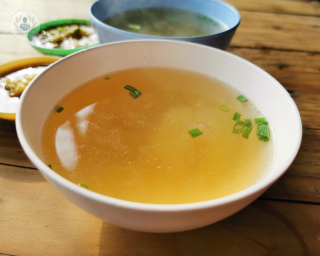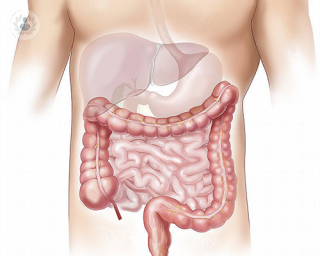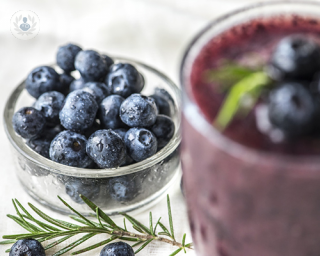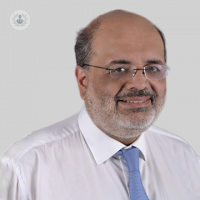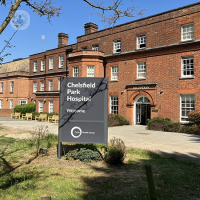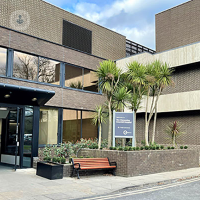Diverticular disease
Mr Paul Skinner - Colorectal surgery
Created on: 11-13-2012
Updated on: 05-12-2023
Edited by: Conor Dunworth
What is diverticular disease?
Diverticular disease is a general term used to describe three conditions that can affect the large intestine: diverticulosis, diverticular disease and diverticulitis. The condition is characterized by the presence of diverticula in the lining of the intestine due to an increase in intraluminal pressure. Diverticula are small sacs or bulges that appear on the lining of the colon wall.
- Diverticulosis — Most people who have diverticula along the lining of their intestine do not present with symptoms, but some can. Most people will only know they have them after having a scan in the area for other reasons. This is called diverticulosis.
- Diverticular disease — If these sacs start to produce symptoms, such as pain in the lower abdomen, then the condition is categorised as diverticular disease.
- Diverticulitis — If the diverticula become infected and inflamed, and you present with much more serious symptoms like pain, chills and fever, then this is called diverticulitis.
What are the symptoms of diverticular disease?

Symptoms of diverticular disease include:
- Pain in the abdomen, which tends to get worse when you eat or shortly afterwards
- Diarrhoea
- Constipation
- Blood in the stool
If the diverticula become infected and inflammation occurs, which is known as diverticulitis, then symptoms may include:
- Severe abdomen pain
- Fever
- Diarrhoea or constipation
- Blood or mucus in the stool
- Rectal bleeding
How is diverticular disease diagnosed?
Your doctor will listen to your symptoms, check your medical history and then may need to take some tests such as a blood test. You might also have to have a colonoscopy and a CT scan done. Irritable bowel syndrome, coeliac disease and bowel cancer need to be ruled out before making a diagnosis as they can have very similar symptoms.
What causes diverticular disease?
It isn’t known exactly why diverticular disease occurs, but it is often associated with your age, diet, lifestyle and genetics. A low fibre diet is thought to be one of the main causes, as well as old age where the walls of the intestine become weaker from the pressure of hard stools passing through and causing diverticula to form.
How is diverticular disease treated?
To treat diverticular disease you will need to adjust your diet. This includes eating more fibre and drinking plenty of fluids. Adults should aim to eat at least 30g of fibre today. Sources of fibre can be found in:
- fresh fruits
- dried fruits
- vegetables
- beans and pulses
- nuts
- cereals
- starchy foods
You should gradually increase your fibre intake over a couple of weeks. Your doctor may also suggest you take pain killers to help with any stomach pains, and in rare cases, you may need to take medication, such as laxatives, for a few days to help with constipation and diarrhoea.
How is diverticulitis treated?
Treating diverticulitis involves adjusting your diet and taking antibiotics. For the first few days, you should stick to a fluid-only diet until your symptoms ease. When recovering, you should try to avoid eating too much fibre to help your digestive system rest. Once your symptoms have disappeared completely, you should return to eating a high-fibre diet as mentioned before.
You will usually be prescribed antibiotics to help fight the infection and you can also take painkillers to ease any discomfort. You should avoid ibuprofen and aspirin as this can upset your stomach further.
When is surgery needed?
In very rare cases, you may need to go to the hospital and undergo surgery. This involves removing the infected part of the intestine known as a colectomy. It is usually carried out if you have fistulas, peritonitis or a block in the intestines. After surgery, some people need a temporary or permanent colostomy.
What complications could occur?
Although it is rare, the most common complication of diverticulitis is developing an abscess. To treat this, percutaneous drainage is done by a radiologist.

